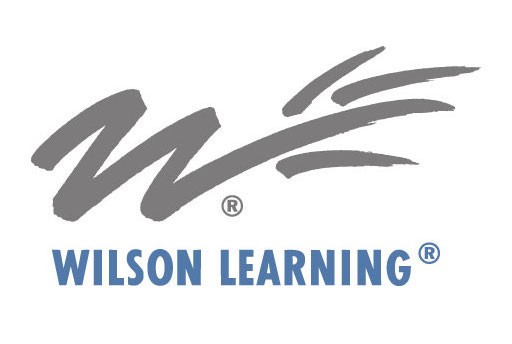Filling your pipeline with the right kinds of prospects
Part 2 of 3: Convert your strong suspects to good prospects (Janvier 26, 2018)
By David Yesford
In Part 1, we talked about avoiding the numbers game in prospecting by consciously doing research through the internet and other sources to identify Strong Suspect companies that are likely to be “good for you.” This is the first part of finding good prospects by increasing the quality of suspects. As a result, you will decrease the number of suspects you will need to find a good prospect.
The second part of making your prospecting effort more effective involves extracting “Who are you good for?” from within your list of Strong Suspects. People buy for their own reasons, not yours; therefore, experienced salespeople know there needs to be evidence of obvious mutual benefit in a potential sales relationship in order to make the effort worthwhile. By increasing the quality of the prospects you choose to access, you reduce the number of prospects that you need to access.
Here’s how it might work for you . . .
We have already established that the perception of prospecting is often seen as a lot of work without guaranteed results. Instead of putting a lot of work into high-cost access and selling activities with half-qualified suspects, stop and consider how you might be able to help this client before you make first contact.
To do this, you need to have a good sense of the value of your offering and how that will help your good suspects.
Start by considering your offering’s value:
- What business problems do you typically solve for customers? Do you have examples of this with existing customers?
- What can customers do because of your offering that they could not do before?
- What do you typically help customers improve, increase, or decrease? Metrics elevate the specific value.
Armed with a sense of your own offering’s value, you now need to ask, “Do any of my Strong Suspects want or need what I have to offer?” Search for what’s most important to these suspects right now. Revisit your research with a curious eye toward your Suspect’s current goals, objectives, critical success factors, or marketplace challenges. Review annual reports, Google press releases, and read company website materials.
When you find an obvious link between what they need and what you have to offer, you earn the right to promote your Strong Suspect to a Good Prospect. While this seems like a lot of work if you are used to “dialling and smiling,” with the link to how you can solve the Suspect’s business issue and the knowledge from your research, you will find the foundation for a strong access message and, eventually, a strong foundation for a sales relationship.








 Se il vous plaît remplir ce formulaire pour vous inscrire pour recevoir des articles et des documents.
Se il vous plaît remplir ce formulaire pour vous inscrire pour recevoir des articles et des documents.





